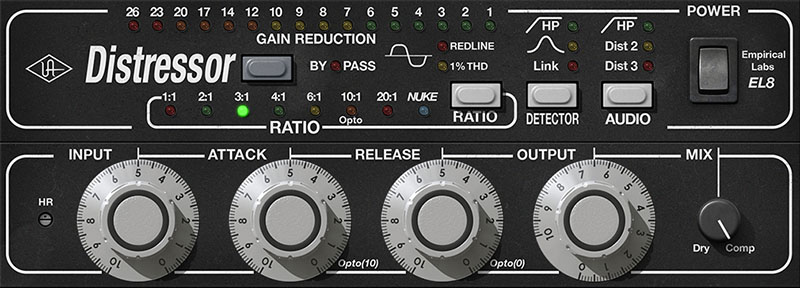Michael Brauer's multibus compression uses four separate buses (A–D), each with its own compressor and tone.
You send different groups (drums, strings, guitars, vocals) to each bus.
This gives you control over tone and dynamics in each group, so nothing fights for space.
This type of bus compression adds energy, color, and polish without squashing the whole mix.
What is Multibus Compression?
Multibus compression splits your mix into several buses, each compressed and colored separately.
You compress different groups in parallel, then blend them into the master channel.
The result is clearer control, richer tone, and dynamic flow.
For a related method on vocals, check out the Michael Brauer parallel vocal compression technique.
Michael Brauer Multibus Compression (ABCD) Explained
Download Michael Brauer's Mix Template: https://audiospectra.net/michael-brauer-template
Bus A – lush sustaining

For Bus A, you use a Neve 33609-style compressor and send all sustaining elements like pads, strings, and Rhodes to it.
You set the threshold so it only grabs about 1-3 dB of gain reduction, which warms up those sounds and makes their tails thicker.
This gentle compression smooths out any uneven peaks while keeping the natural swell of your ambient parts intact.
Bus B – exciting drums

On Bus B, you load a Distressor-type compressor with a fast attack and fast release, then route all the drums and bass tracks there.
You can also send a parallel feed to Bus E for your main drum sounds (usually kick and snare) so a bit of the raw transients slips through to add impact.
That blend gives your drums a punchy, lively feel, big and controlled, with just the right bite.
Bus C – shimmering guitars

For Bus C, add a Manley Variable Mu emulation, setting a slow attack and a moderately quick release.
Send guitars and other midrange-heavy parts to this bus channel.
As the tubes work, those instruments pick up a smooth shimmer and move forward in the mix, adding life and presence without sounding over-processed.
Bus D – parallel warmth & width

Bus D is your parallel-compression bus using a “magic death eye” tube compressor.
You send ambient vocals or any elements that need extra warmth from Bus A into Bus D via an aux send.
Blending this in adds a layer of tube-rich warmth and a stereo widening effect that lifts the whole mix without making it feel crowded.
Wrap
You’ve seen how Michael Brauer’s multibus compression gives you precise control over each part of your mix.
Now it’s your turn.
Set up your buses, dial in each compressor, and blend them until your mix feels balanced, lively, and polished.
This method brings out the best in every element and helps you craft mixes that stand out.